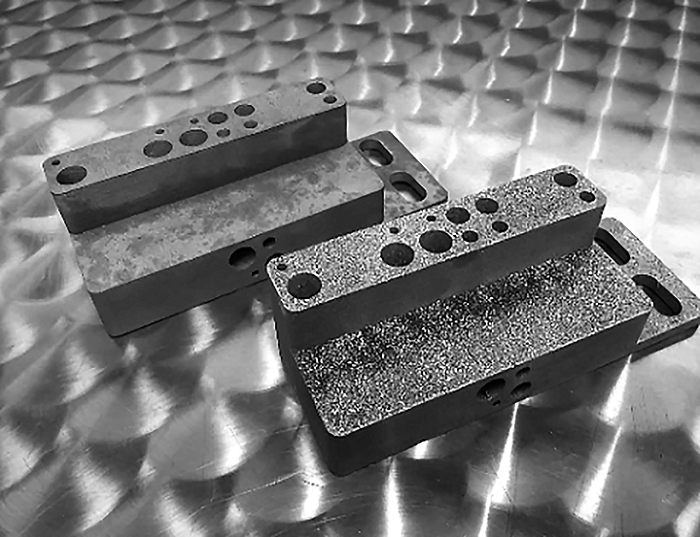Surface Treatment & Post-Processing Testing
The process of surface treatment and post-processing is critical in additive manufacturing (AM) and 3D printing. These techniques are used to enhance the mechanical, chemical, and physical properties of a part after it has been printed or manufactured. Surface treatments can include processes like coating, plating, heat treating, and polishing. Post-processing encompasses finishing operations such as grinding, sanding, and cleaning.
Surface treatment is essential for improving the durability, appearance, corrosion resistance, wear resistance, and adhesion of parts. For instance, in industries like aerospace or automotive, surface treatments can extend the life of components operating under harsh conditions. Post-processing ensures that the final product meets aesthetic standards and functional requirements.
Testing these processes involves a range of techniques to ensure quality and compliance with industry standards. Instruments such as scanning electron microscopes (SEM), X-ray diffraction (XRD) equipment, and optical profilometers are used for analysis. Testing can also involve destructive methods like tensile testing or non-destructive evaluations using ultrasonic testing.
| Standard | Description |
|---|---|
| ISO 13406-2 | Tensile properties of metallic materials - Part 2: Test methods for tensile testing in the range from ambient temperature to 1,000°C. |
| ASTM E95 | Determination of thickness of thin metal coatings by micrometric measurement of cross-sections. |
The testing process begins with the selection and preparation of specimens. This involves slicing, grinding, or polishing to expose the treated surface for analysis. Once prepared, the specimens undergo a series of tests designed to evaluate the effectiveness of the treatment. These tests might include measuring film thickness, hardness, adhesion strength, and chemical composition.
Surface treatments can vary widely depending on the desired properties. For example, anodizing is used for corrosion resistance in aluminum parts, while laser texturing enhances wear resistance or improves bonding with other materials. Post-processing steps might involve sandblasting to remove excess material or acid etching to produce a precise surface finish.
- Coatings
- Plating
- Heat treating
- Polishing
- Sandblasting
- Acid etching
- Laser texturing
Why It Matters
The importance of surface treatment and post-processing cannot be overstated, particularly in the manufacturing industry. Properly treated surfaces can significantly enhance product performance and reliability. For instance, in aerospace applications, a well-coated surface can prevent corrosion and extend the service life of critical components.
Surface treatments also play a crucial role in ensuring compliance with international standards and regulations. In sectors like automotive or medical device manufacturing, adherence to these standards is mandatory. Proper testing ensures that products meet not only functional requirements but also safety and environmental standards.
From a sustainability perspective, effective surface treatment can reduce the need for replacement parts by extending product life. This reduces waste and material consumption, contributing positively to environmental impact. Additionally, post-processing techniques like laser texturing or chemical etching can be tailored to minimize energy use and emissions.
Applied Standards
| Standard | Description |
|---|---|
| ISO 13406-2 | Tensile properties of metallic materials - Part 2: Test methods for tensile testing in the range from ambient temperature to 1,000°C. |
| ASTM E95 | Determination of thickness of thin metal coatings by micrometric measurement of cross-sections. |
Environmental and Sustainability Contributions
- Reduced material waste through optimized surface treatments
- Promotion of recycling by extending product life
- Limited use of hazardous chemicals in post-processing steps
- Energy-efficient laser texturing and etching processes





